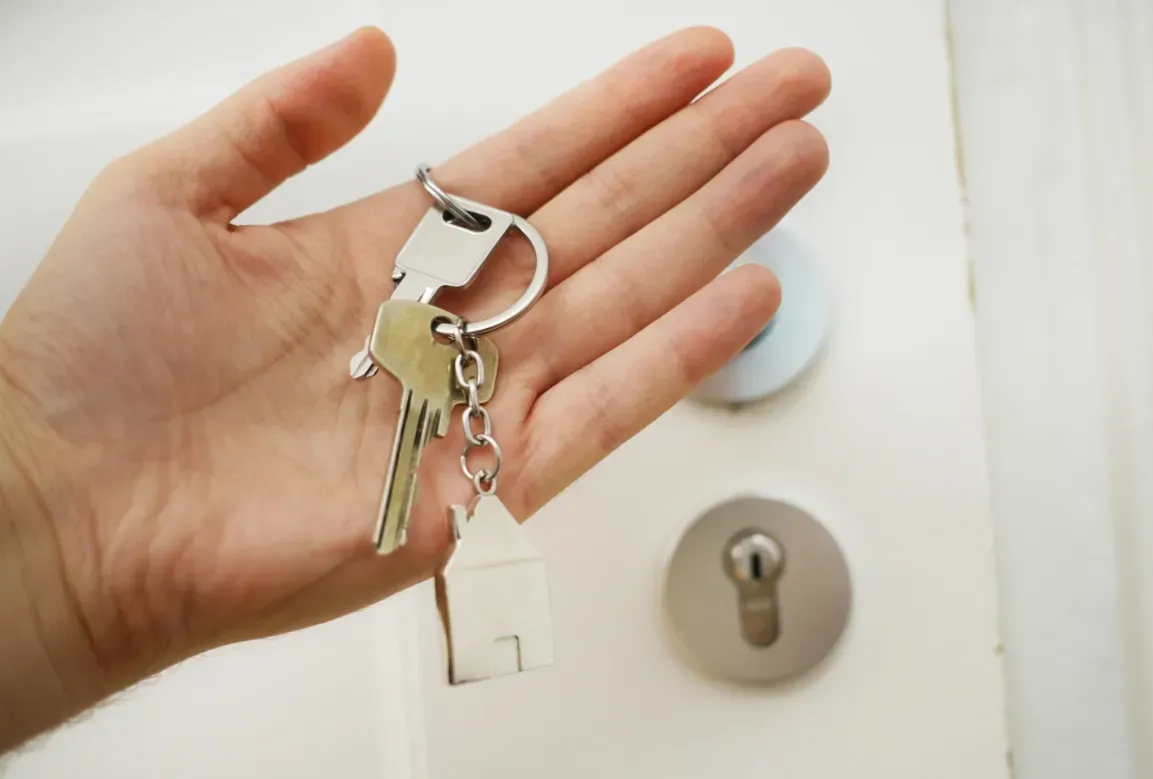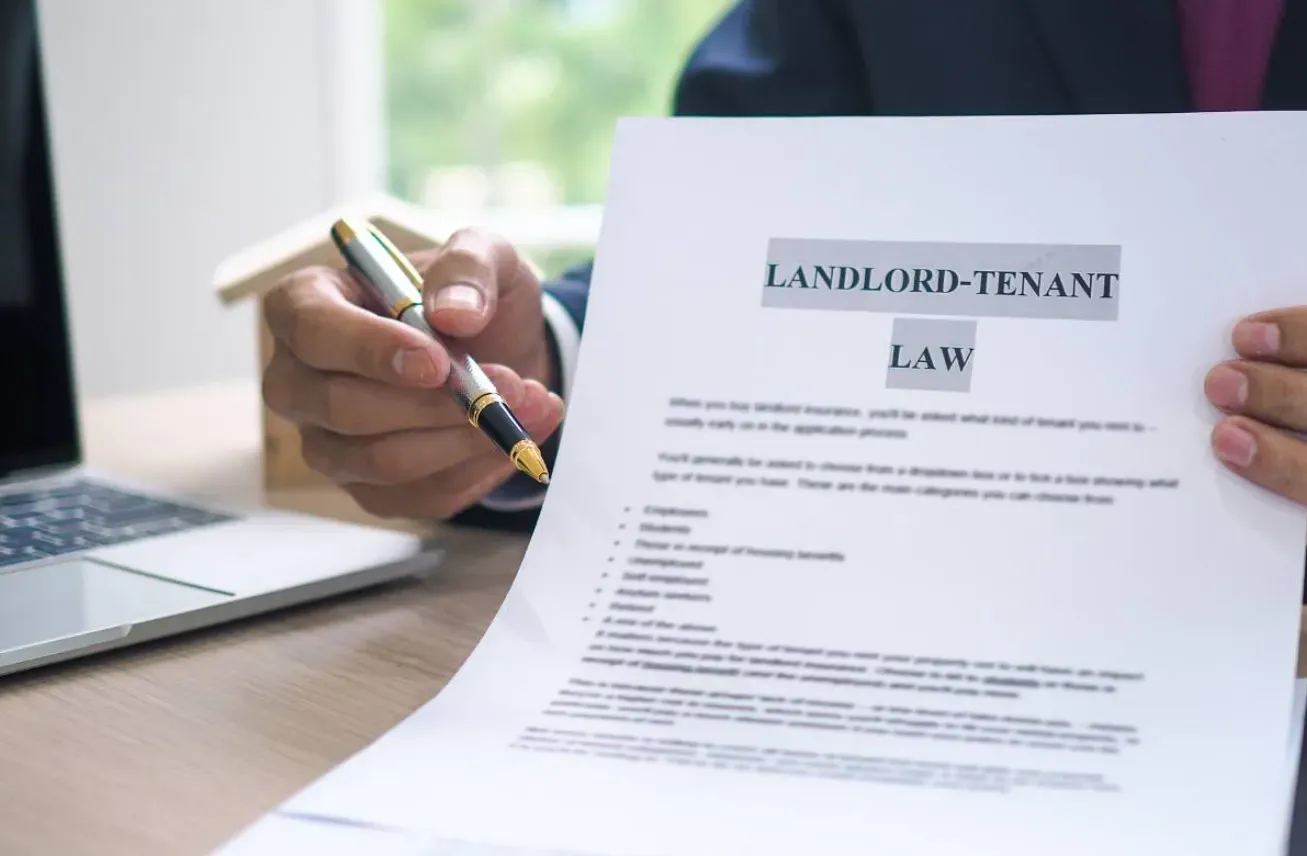Dealing with Difficult Tenants/Landlords: A Practical Guide to Resolving Disputes Legally in India 2025

By
Shrusti Naik
Posted on July 21, 2025. 10 mins

Dealing with Difficult Tenants/Landlords: A Practical Guide to Resolving Disputes Legally in India 2025
Introduction – The ₹1.2 Lakh Rent Stand-Off in Bandra

On 3 April 2025, a tenant in Bandra stopped paying the ₹1.2 lakh monthly rent, claiming the landlord had failed to repair a seepage issue for six months. The landlord retaliated by cutting the water supply. Within 48 hours, both parties were on a conciliation call arranged by Mumbai’s Rent Authority, a body created under the Maharashtra Rent Control (Amendment) Act 2024. The case was settled in 17 days, without entering a courtroom. Stories like this are becoming common because rental disputes in India are rising 14 % year-on-year, and courts are pushing mediation before litigation (Source: Economic Times, 12 May 2025). Whether you are a tenant who feels unheard or a landlord who dreads the word eviction, the route to resolution is clearer today than ever before, provided you follow the paper trail.
Know the Paper That Binds You: The Lease Is Your First Judge
Most disputes die the moment both sides reread the lease. Yet, in 2024, 58 % of tenants and 42 % of landlords in a Magicbricks survey admitted they had not read the agreement fully. A clear lease now must spell out maintenance responsibilities, notice periods, penalty clauses, and dispute-handling steps. Maharashtra’s 2024 amendment even prescribes a state-wide template that includes mandatory mediation language; using any other format can delay eviction hearings (Source: Mint, 21 March 2025). If the lease is silent on seepage or sub-letting, the Model Tenancy Act 2021, adopted by Maharashtra, Uttar Pradesh, and Tamil Nadu, fills the gaps. In short, your first legal remedy is often the fine print you skipped. You may want to check Understanding Real Estate Taxes
The Escalation Ladder: From Conversation to Courtroom
Disputes rarely need a judge if you follow the ladder:
- Direct Dialogue – The HomeRiver Group 2025 playbook urges landlords to document every call and email, then invite the tenant for a face-to-face meeting (Source: HomeRiver, 18 March 2025).
- Formal Notice – If dialogue fails, issue a written notice under Section 106 of the Transfer of Property Act. A 30-day notice is compulsory for non-payment in Maharashtra; anything shorter is void.
- Mediation – Since January 2025, Mumbai and Pune rent tribunals offer free e-mediation with legally binding minutes. 72 % of cases filed till May 2025 settled here (Source: Maharashtra Housing Department circular, 7 June 2025).
- Eviction Suit – If mediation collapses, landlords file a standard eviction petition in the Small Causes Court, average disposal time has fallen to 11 months from 27 months in 2020 thanks to digital case bundles (Source: Economic Times, 12 May 2025). Check out Will the Rupee Depreciate Further? How It Affects You
Tenants facing harassment, water cuts, lock changes, or verbal threats, can file a police complaint under IPC 506 (criminal intimidation) and simultaneously approach the Rent Authority for interim relief. The authority can order restoration of services within 48 hours.
Money Matters: Late Rent & Damages
Chronic late payment is the top dispute, accounting for 43 % of all complaints in the 2024-25 National Consumer Helpline data. The cure is cumulative late fees capped at 2 % per month under the Model Tenancy Act. Property damage follows close behind. Under the 2024 Maharashtra amendment, landlords must attach a move-in/move-out video and a digital inventory to the lease. If the tenant contests damage claims, the video timestamp becomes admissible evidence, cutting litigation cost by one-third (Source: Moneycontrol, 15 April 2025).
Also read, What the RBI Repo Rate Cut Means for Homebuyers: EMIs Just Got Cheaper
For tenants, withholding rent is legal only if the defect is “material”, think structural cracks or lack of potable water, and only after a 15-day written notice. Anything less, and the landlord can initiate eviction for non-payment.
Digital Paper Trail: Apps & Portals That Save You
Both sides now keep digital diaries. MahaRERA’s e-Janma app allows tenants to upload maintenance tickets; landlords receive automated reminders and can upload repair receipts. Since January 2025, Bajaj Housing Finance mandates its landlord-clients to use property-management dashboards that auto-generate legal notices and store call recordings, reducing dispute escalation by 28 % (Source: Bajaj Housing Finance internal report, 12 May 2025).
For tenants, NCH mobile app now categorises complaints into harassment, non-repair, illegal eviction and routes them to concerned Rent Authorities within 90 seconds. Response time has dropped from 21 to 7 days. Check out this Property Management for NRIs: A Seamless Guide to Handling Your Indian Assets from Abroad
When Eviction Becomes Unavoidable: The 2025 Playbook
Eviction remains a landlord’s last resort, but the process is faster and fairer. The Small Causes Court in Mumbai now requires mandatory pre-litigation mediation, only unresolved cases move to trial. Grounds must be non-payment, sub-letting, or material misuse of premises, personal dislike is not enough. Digital summons via WhatsApp and email have slashed absenteeism; 91 % of defendants now appear on the first date (Source: Maharashtra State Legal Services Authority, 4 June 2025).
Tenants facing summary eviction can file a caveat in advance, ensuring no ex-parte orders. Legal aid clinics at district courts offer free representation if annual income is below ₹3 lakh. You might also like Fractional Ownership of Real Estate in India 2025: How Smart Indians Are Buying a Slice of the Skyline Without Breaking the Bank
Conclusion – Peace of Mind Is a Page Away

Whether you are a tenant tired of leaking ceilings or a landlord whose rent is 90 days overdue, the 2025 dispute-resolution toolkit is digital, time-bound, and surprisingly human. Begin with the lease, climb the escalation ladder, and keep a paper trail that sings in court. Follow these steps and difficult tenants or landlords become manageable business partners, not lifelong enemies. For those in pursuit of their dream home, investment opportunities, or a sanctuary to call their own, Jugyah provides top housing solutions with its intelligent technology.
Frequently Asked Questions
1. Can I evict a tenant for being “difficult” but paying rent on time?
No. Indian law requires specific breaches non-payment, illegal sub-letting, or material misuse. Personal friction is not grounds for eviction.
2. How long does eviction take in Maharashtra in 2025?
After mandatory mediation, average disposal is 11 months, down from 27 months in 2020, thanks to digital filings.
3. Is withholding rent legal if the landlord ignores repairs?
Yes, but only after a 15-day written notice and if the defect is material. Otherwise, you risk eviction for non-payment.
4. Are late-fee clauses enforceable?
Yes, capped at 2 % per month under the Model Tenancy Act. Anything higher is void.
5. Can WhatsApp messages serve as legal notice?
Since 2025, Small Causes Courts accept digital summons via WhatsApp or email, provided delivery is acknowledged or blue-ticked.